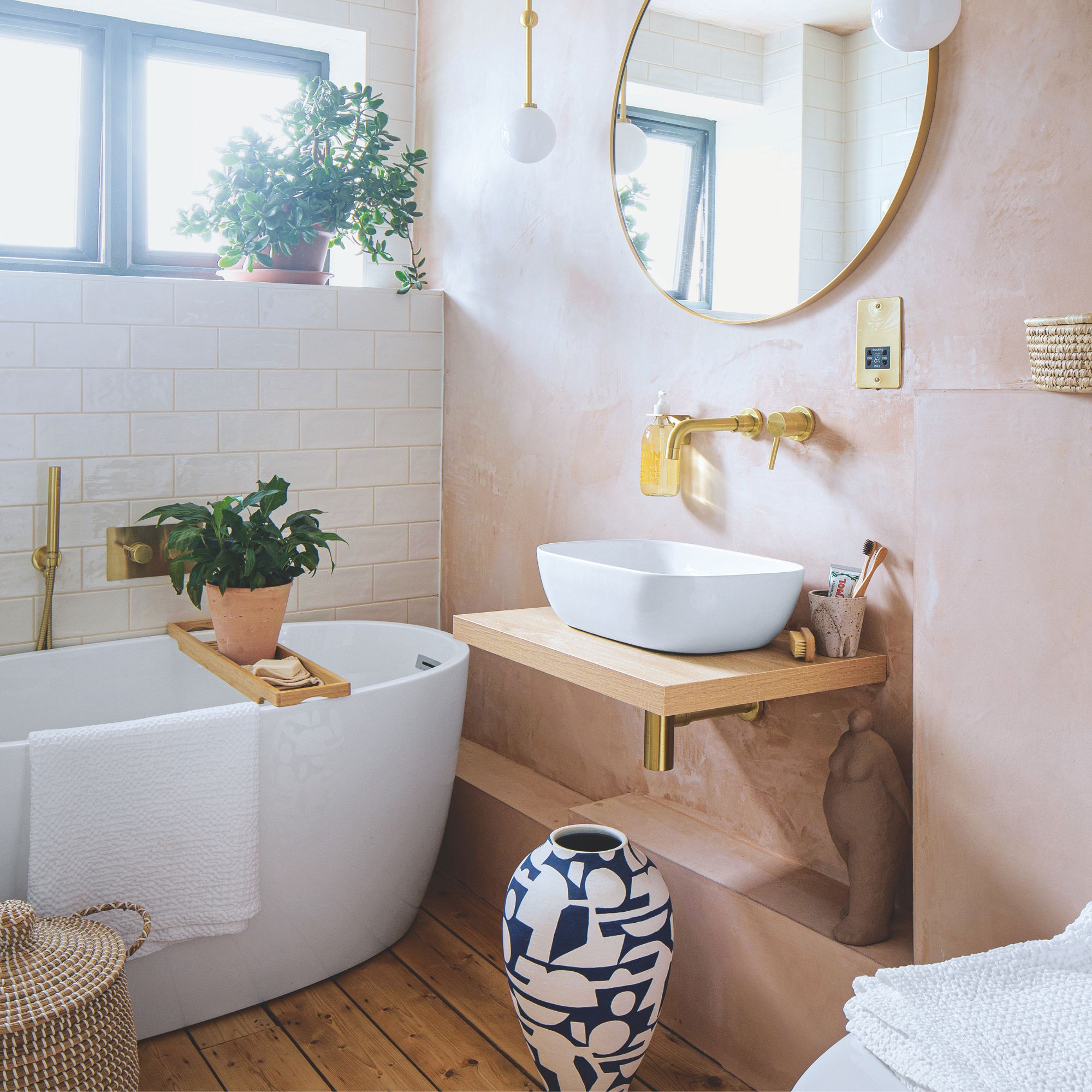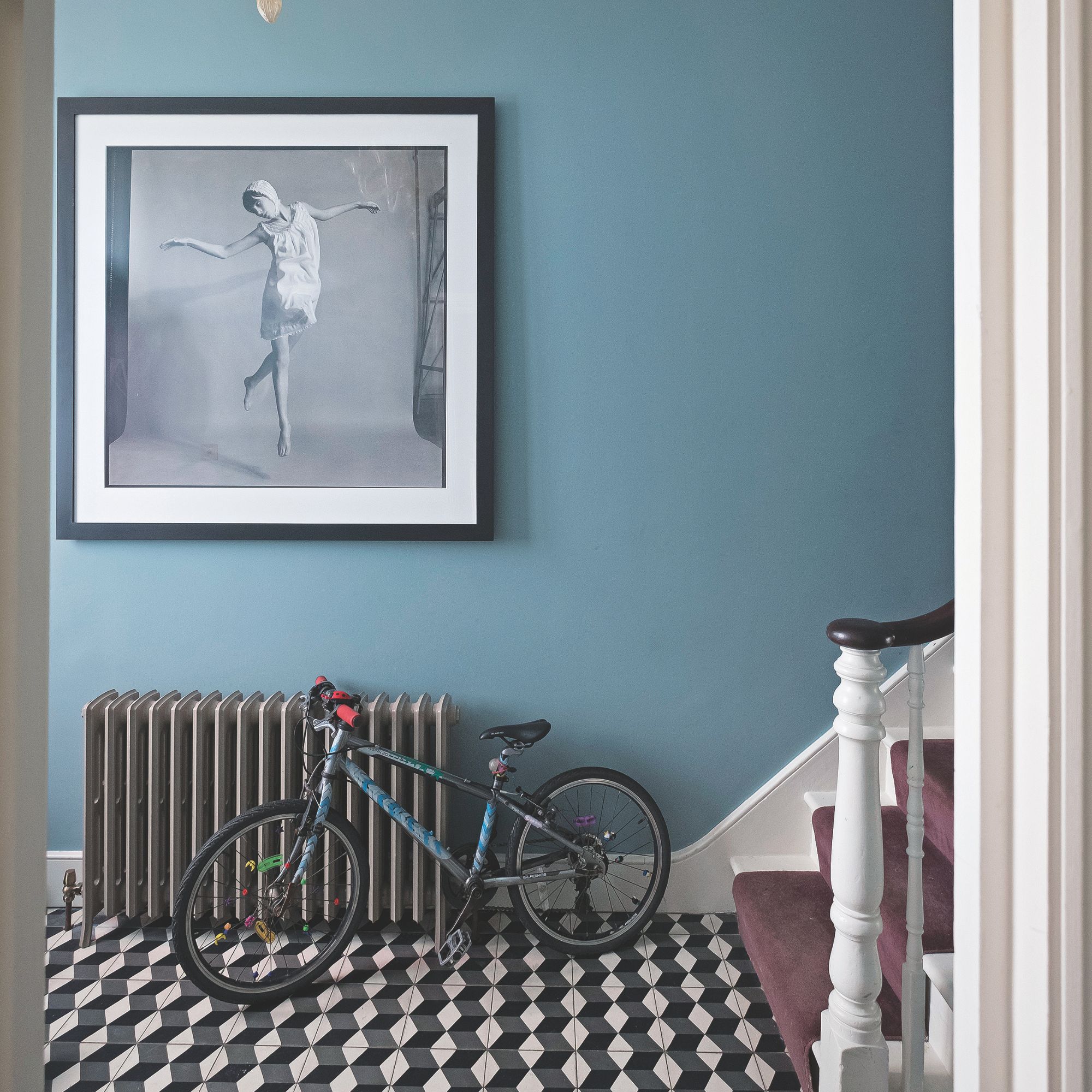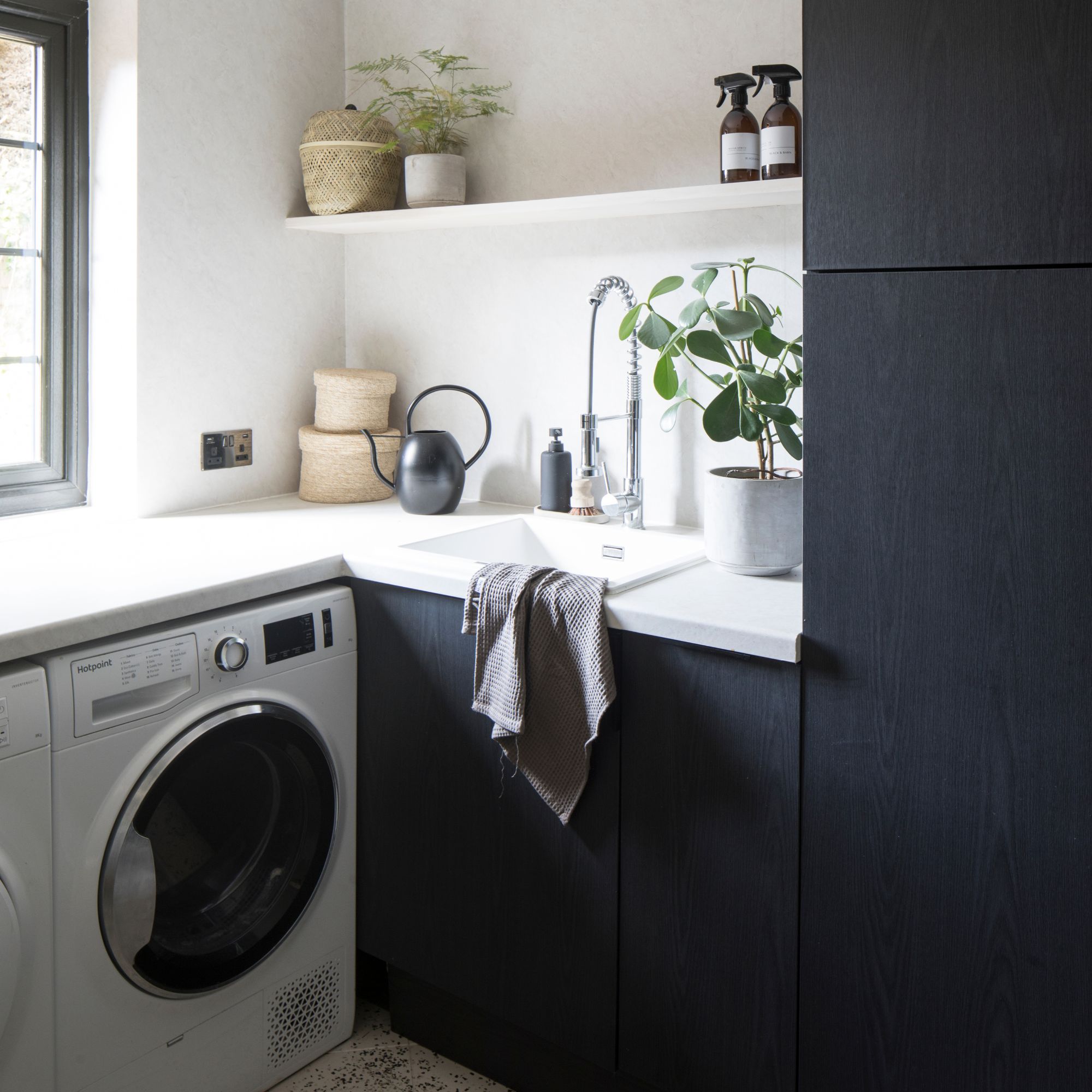
As temperatures drop, homeowners across the UK start to spot the signs of damp in their homes. But with many different types of damp out there - including different severities and treatments - how do you tell what kind of damp you have?
When you spot damp coming through walls, condensation lining your window panes, paint flaking off your wall or your skirting boards warping, you probably want to get rid of damp as soon as possible. After all, damp can cause extensive damage to your home and your health if not treated as soon as possible.
However, this is easier said than done. There are four main types of damp commonly found in homes across the UK, and each type of damp has its own quirks and intricacies - and you need to know exactly what you’re dealing with before you can get rid of it. We spoke to the experts to find out how you can tell what kind of damp you have, so you can resolve it as quickly as possible.

1. Lifestyle damp
Waking up to condensation on your windows or spotting damp patches in your bathroom can lead you to believe that you have a serious damp problem on your hands. Fortunately, almost everyone experiences lifestyle damp, and it’s not as dangerous as you’d think.
After all, there’s a big difference between mould and condensation, and condensation is generally nothing to worry about. Normally, it can be solved with a few lifestyle changes, such as using one of the best dehumidifiers or growing plants that reduce condensation.
Anthony Baddely, Network Support Manager at Aspray, explains, ‘Lifestyle damp is caused by living in a building with insufficient ventilation, drying clothing on radiators, showers without extractor units, kitchen cooking and boiling the kettle with no form of extraction.’

He adds, ‘This is because the warm moist air in the centre of the room reaches colder areas and drops below dew point, the temperature point the air can hold moisture as a vapour, and reverts back to a liquid state on the cold surfaces as condensation.’
While not immediately problematic, you still need to tackle this condensation, as a long-term buildup of condensation and lifestyle damp can lead to mould growth. If you’re on a budget, try one of these methods to dry a room without a dehumidifier.
If your lifestyle damp continues to get worse after making these changes, however, you may have one of the other types of damp on this list.
2. Rising damp
To determine what kind of damp you have, the surefire way to discount rising damp is to look down. That’s because rising damp rises from the floor, as the name suggests.
Myles Robinson, CEO of UK Composite Doors says, ‘Rising damp usually affects the lower parts of walls, often no more than a metre or so above ground level. It happens when moisture from the ground gets drawn up through the brickwork or building structure, typically due to a failed or missing damp-proof course.’
And while rising damp is generally regarded as one of the most dangerous and damaging forms of damp, the signs of rising damp of this nature are relatively easy to spot. Keep an eye out for peeling paint or wallpaper, bubbling plaster or tide marks (evaporated salt deposits) on your wall. In extreme cases, your skirting boards may also start to rot.

Unfortunately, treating rising damp isn’t normally something you can do yourself and tends to require the help of a professional. Myles says, ‘Combating rising damp often means installing or repairing a damp-proof course (DPC). This can be done by injecting a chemical damp-proof course into the wall or installing a physical barrier to prevent moisture from travelling upward.’
Treating rising damp can also be costly, which is why it’s always important to seek help as soon as you spot any of the signs. The earlier you spot it, the cheaper it’ll be.
3. Penetrating damp
Although rising damp and penetrating damp are often mistaken for each other, there are a few differences between them. The main difference is that penetrating damp typically comes through the walls or the roof - rather than up through the ground.
However, the signs of penetrating damp are fairly similar. Angela Kerr, Director and Editor of HomeOwners Alliance explains, ‘Penetrating damp will present itself as wet patches on the wall, damp patches that are cold to touch and/or crumbling plaster and flaking paintwork.’
Unlike rising damp, it’s also relatively easy to fix - as long as you find the cause of the penetrating damp in the first place. 'It's normally the result of an external problem that's letting water enter the building. For example, loose tiles might be letting water seep into the roof space and defective gutters and downpipes might mean water is running onto external brickwork,’ says Angela.

If that’s the case, repairing your gutters, fixing your roof, or even just re-sealing your windows and doors could be the answer to all of your penetrating damp problems.
However, you need to be careful if your penetrating damp has come through the walls. Angela warns, ‘If the issue is porous brickwork, then the problem will be more widespread, harder to pinpoint and potentially more expensive to fix.’
Go on a fact-finding mission and inspect the entirety of your house for the cause. If you can’t find it, it’s best to call in damp experts.
4. Peril (escape of water)
Of course, peril sounds extremely perilous, and it’s fair to say that escape of water (or EOW as they call it in the insurance industry) can be a very costly form of damp. It’s different to the other types of damp on this list, though - and generally the result of a leak in your home.
Anthony says, ‘A peril, unplanned event such as an escape of water from a hot or cold mains pipe will track through a structure by capillary action. The moisture will keep tracking through a structure until the leak source has been identified and repaired.’

As a result, it’s crucial to keep an eye out for the signs of a leak in your home, especially during the winter when burst mains pipes are more common. However, escape of water can also impact washing machines, radiators, and damaged pipe valves. If not found immediately, it can lead to a build-up of damp that may require industrial dehumidifiers to remedy.
Some escape of water leaks aren’t covered by your home insurance, either, so it’s equally as important to spot any leaking before it gets too bad and causes further damage that you may not be able to claim for.
FAQs
How do I check the damp level in my house?
There are several different ways to check the damp level in the house. The most scientific and precise method is to use a moisture meter, like this Dryzone Moisture Meter Detector from Amazon.
If you press this moisture meter against a wall, it will tell you the exact moisture content and even help you find any hidden water leaks.
However, there are also many less-scientific ways to check the damp level in your house. Sometimes, just feeling the temperature and wetness of your walls is a great indicator, and the amount of condensation (and whether that condensation goes away after opening windows and ensuring proper ventilation) can also help you check the dampness levels.
Does putting the heating on help damp?
Yes! Putting the heating on can dry out your damp house and ultimately stop it from getting worse, but it’s also important to note that it won’t fix the problem. You first need to understand what kind of damp you have and take steps to resolve it.
Not only that, but choosing not to put the heating on can actually make your damp problems more severe. Angela Kerr, Director and Editor of HomeOwners Alliance says, ‘It could be leading to a number of unintended consequences for your health and comfort, can encourage damp and even lead to burst water pipes.’
Aim to keep your heating on during the months. You don’t need to keep it on all the time, but turning it on regularly to take away the chill can work wonders.
It might take a little more investigating on your part, but hopefully, you should be able to decipher what kind of damp you have thanks to this guide.







